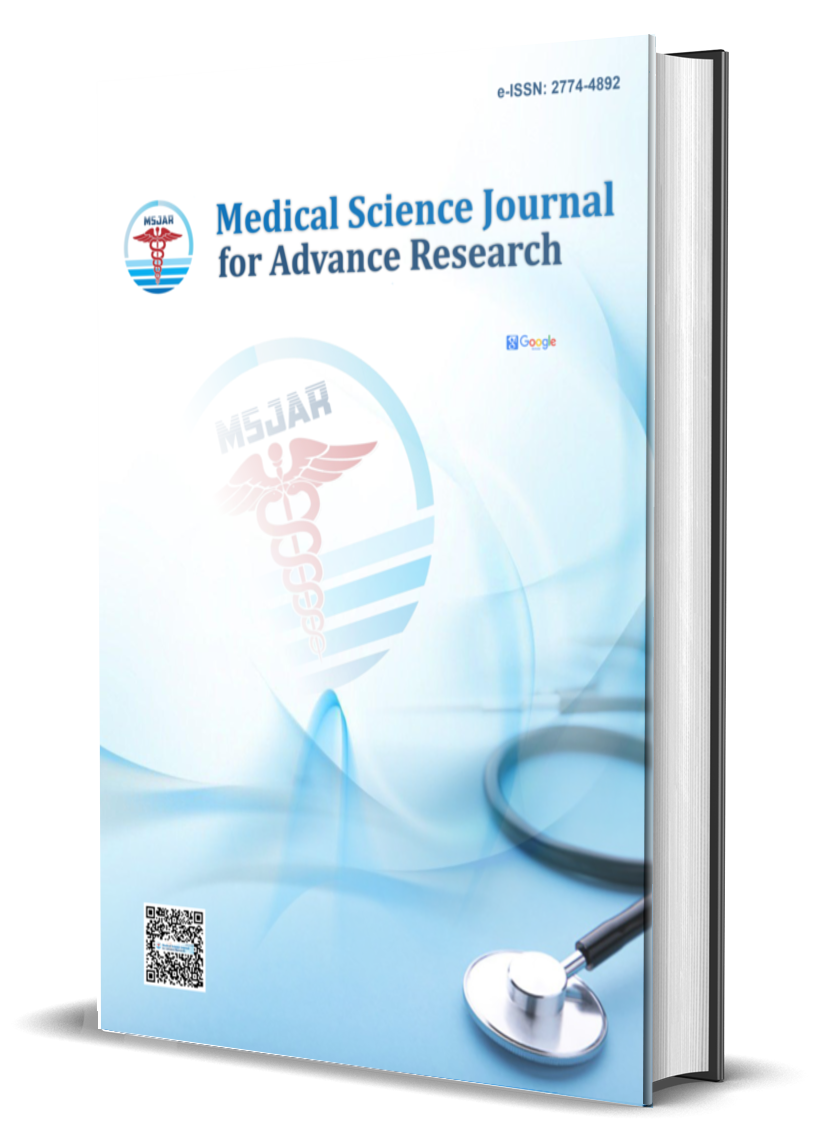Main Article Content
Abstract
Background: Methicillinـresistant Staphylococcus. aureus (M.R.S.A) strains have emerged as an emerging worldwide healthcare problem, as well as Staphylococcus aureus is a prominent human pathogenic organism that causes a broad spectrum of diseases. It is essential to comprehend the allocation as well as the frequency of M.R.S.A in various medical specimens to direct antibacterial management initiatives as well as focused therapies. Objectives: The purpose of the present research was to examine the incidence as well as distribution of antibioticـresistant strains of S. aureus, including MRSA, that were isolated from a variety of medical samples obtained from hospitalizedـpatients inside DiyalaـIraq, including throatـswabs, urineـspecimens, woundـswabs, as well as burnـspecimens. Methods: A total of 301 medical specimens were gathered between September 2024 and January 2025. The VITEKـ2 automatedـsystem, as well as conventional microbiology methods, have been utilized to isolate, identify, as well as analyze for resistance to antibiotics among bacteria. Results: Out of the 301 clinical samples, 56 (18.60%) showed positive results for S.aureus, with the highest prevalence observed in throat swabs (21.05%) and burn samples (21.88%). Antimicrobial susceptibility testing revealed high rates of resistance to various antibiotic classes, including universal resistance (100%) against βـlactams (penicillins & cephalosporins). Macrolides (erythromycin) as well as lincosamides (clindamycin) also exhibited high resistance rates (78.6% as well as 73.2%, respectively), particularly in throat and wound isolates. Glycopeptides (vancomycin) demonstrated strong efficacy, with 100% susceptibility in throat as well as urine isolates, though worrisome intermediate resistance (28.6%) was detected in burn samples as well as full resistance (18.2%) in wound isolates. Fluoroquinolones (ciprofloxacin, levofloxacin) showed variable resistance (48.2% overall), with urine isolates displaying higher susceptibility (61.1%) but wound isolates exhibiting strong resistance (63.6%). Notably, last-resort antibiotics (tigecycline, linezolid) remained 100% effective across all isolates. Conclusion: The epidemiological study of S.aureus, including M.R.S.A, in hospitalized individuals in DiyalaـIraq, is better understood thanks to the current research. The substantial threat this infection poses to the community's safety is highlighted through the widespread distribution of antibioticـresistant strains, the appearance of vancomycinـintermediate as well as resistantـisolates, as well as the coـexistence of many M.R.S.Aـlineages.
Keywords
Article Details

This work is licensed under a Creative Commons Attribution 4.0 International License.





